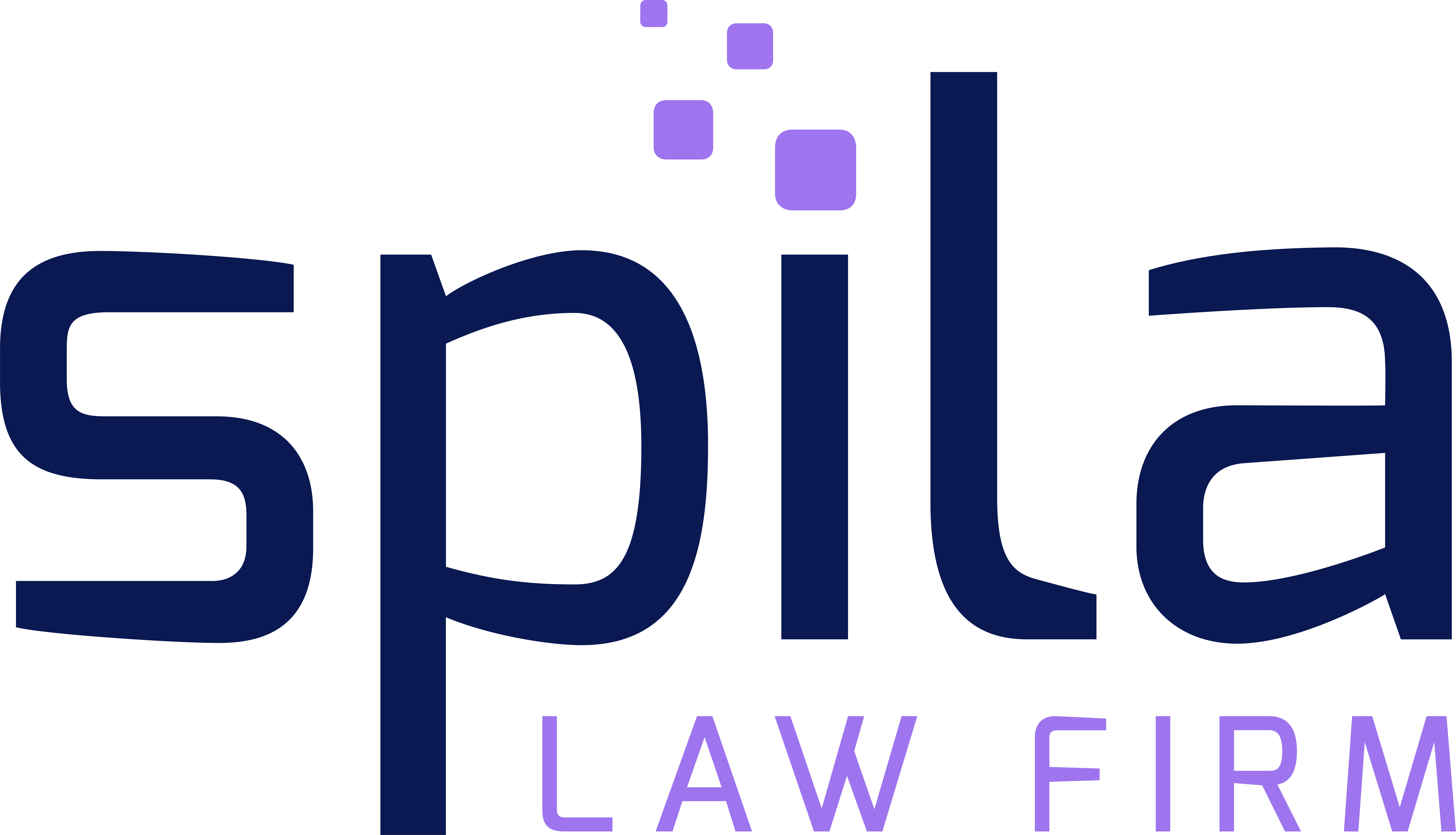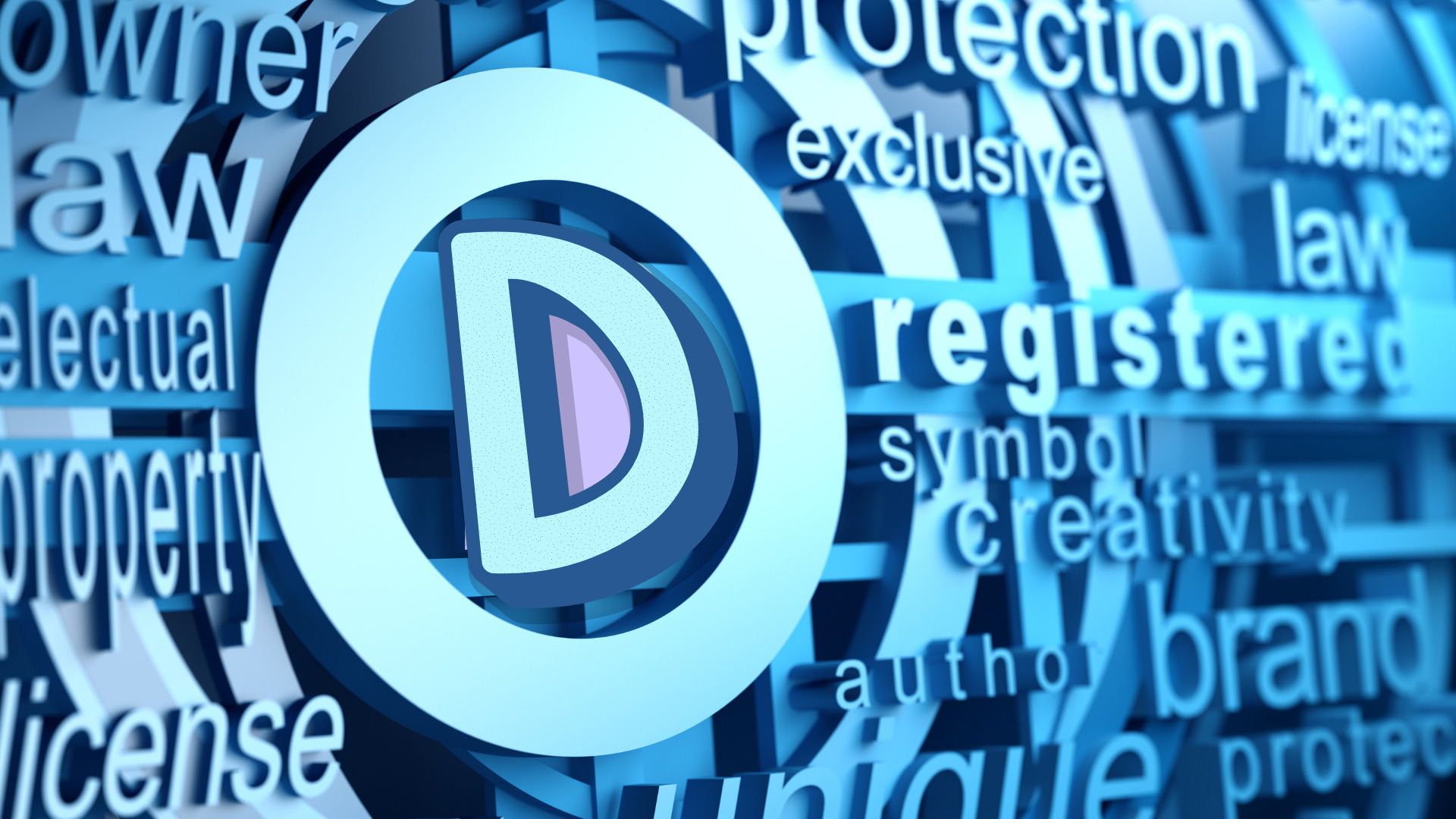IP in Digital Age
The digital age has revolutionized the way we create, consume, and share information. It has also presented a unique set of challenges and opportunities for intellectual property (IP) rights. As digital technologies continue to evolve, the protection and management of IP face new complexities. This article explores the challenges and opportunities that arise in the digital landscape and provides insights into how individuals, businesses, and policymakers can adapt to maximize the benefits of intellectual property.
Counterfeiting and Copyright Infringement
The ease of digital reproduction and distribution has led to a surge in counterfeiting and copyright infringement. Digital content, such as music, movies, e-books, and software, can be easily copied and shared without permission, causing financial losses for content creators and copyright holders.
However, the digital age also offers opportunities to combat infringement. Technology-based solutions, such as digital rights management systems and watermarking, help track and protect digital content. Additionally, the rise of online marketplaces and platforms has made it easier for rights holders to enforce their IP rights and take down infringing material.
Protecting Software and Technological Innovations
Software and technological innovations play a crucial role in the digital age. However, protecting these innovations presents unique challenges. Software is inherently intangible and easily reproducible, making it susceptible to unauthorized copying and distribution.
To address these challenges, businesses and innovators can employ strategies such as patenting software algorithms, filing for copyright protection for code and interfaces, and implementing trade secret measures. These approaches help safeguard software innovations and provide legal recourse in case of infringement.
Data Protection and Privacy
In the digital era, data has become a valuable asset. Protecting personal data and ensuring privacy have emerged as significant challenges. With the increasing reliance on digital platforms and the collection of user information, businesses must navigate complex data protection regulations and address concerns surrounding user privacy.
Proper data management practices, compliance with data protection laws (such as the General Data Protection Regulation), and implementing robust security measures are essential for safeguarding sensitive information and maintaining user trust. Balancing the need for data-driven innovation with privacy protection is key to thriving in the digital age.
Opportunities for Collaboration and Licensing
The digital age has also created opportunities for collaboration, licensing, and monetization of IP. Online platforms and marketplaces facilitate the licensing of IP rights, enabling creators and businesses to monetize their innovations and reach a global audience. Crowdfunding and crowdsourcing platforms offer new avenues for funding and support for creative projects.
Furthermore, open-source initiatives foster collaboration and innovation by allowing the sharing and modification of software code. Creative Commons licenses provide flexible options for creators to share their work while retaining certain rights. These collaborative approaches present opportunities for broader dissemination of ideas and co-creation in the digital realm.
Policy and Legal Frameworks
To effectively address the challenges and leverage the opportunities in the digital age, policymakers and legal frameworks must adapt to the evolving landscape. This includes updating copyright laws to reflect digital realities, promoting cross-border cooperation to combat infringement, and encouraging innovation-friendly policies that strike a balance between IP protection and access to information.
Additionally, international cooperation and harmonization of IP laws and enforcement mechanisms are crucial to address the global nature of digital infringement and ensure consistent protection across borders.
Conclusion
In the digital age, intellectual property faces both challenges and opportunities. Counterfeiting, copyright infringement, data protection, and privacy concerns pose significant hurdles. However, by leveraging technological solutions, embracing collaboration and licensing models, and adapting policy frameworks, individuals and businesses can navigate the digital landscape and protect their IP rights effectively.
Embracing the digital age requires a proactive approach to IP management. By staying informed about the latest developments in technology, legal frameworks , and industry best practices, individuals and businesses can adapt their strategies to maximize the benefits of intellectual property in the digital age.
Education and awareness are key in addressing IP challenges in the digital realm. Individuals should be educated about the importance of respecting and protecting intellectual property rights, fostering a culture of creativity and innovation. Businesses should implement comprehensive IP strategies that encompass protection, enforcement, and licensing to capitalize on the opportunities presented by the digital landscape.
Collaboration between stakeholders is essential in addressing common challenges and developing effective solutions. Cooperation between content creators, technology companies, legal experts, and policymakers can foster innovation, create a supportive ecosystem, and establish industry standards for IP protection in the digital age.
Furthermore, the development of robust technological solutions is crucial for protecting intellectual property in the digital realm. Advancements in digital rights management, blockchain, and encryption technologies can help track and enforce IP rights, ensuring that creators and innovators are duly recognized and compensated for their work.






